The Bass Trumpet
Where it came from and where it is now

The composer who wrote a 16-hour opera cycle and dreamed up the black sheep of the tuba family (the Wagner Tuba) has contributed more to the low brass world than you think.
Wagner also helped propagate the development of the Bass Trumpet, for better or for worse.
Maybe you already knew this and maybe you didn’t—either way, few instruments share a background as murky as the Bass Trumpet, and even fewer suffer as much confusion in the modern era as to how and where it should be played. The bass trumpet didn’t start with Wagner, and it didn’t end with him either; let’s try to shed some light on the subject.
“What is a Bass Trumpet?” The Basics
The bass trumpet is fairly self-explanatory; it is a trumpet set a sixth, ninth, or an octave below a traditional trumpet. The determining factor is which key the bass trumpet is set in—the bass trumpet is most often made in C or B♭, and every once in a while you will see an E♭ bass trumpet. Most professional orchestral bass trumpets come in the key of C.
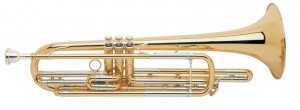
As an example, the B♭ bass trumpet is set an octave below the normal “soprano” B♭ trumpet.
The B♭ bass trumpet usually comes with three valves, whereas the C bass trumpet commonly has four. This allows the C to dip slightly lower in the range—down to a D below the bass clef. The mouthpiece is larger than a trumpet mouthpiece, but it is still smaller than a trombone’s; therefore, trombone players are most often charged with performing the bass trumpet parts in orchestral literature.
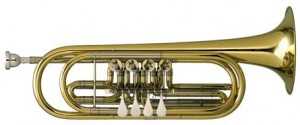
You may notice some strong similarities in sound between the bass trumpet and the valve trombone, but think of the bass trumpet as having a harder tone (it really is a trumpet, just down an octave or two!). The confusion between the two can also be blamed on some modern instrument manufacturers who make versions of the bass trumpet that are nothing more than valve trombone tubing bent in a different shape.
Think of it this way: if you buy a cheap model of a bass trumpet, you are likely getting a re-fitted valve trombone (and there isn’t necessarily anything wrong with that).
The Bass Trumpet’s Origins
While the modern bass trumpet bears closer resemblance to the valved bass trumpets being invented in Germany in the 1820s, Anthony Baines brings up an interesting discussion of natural bass trumpets in his book, Brass Instruments: Their History and Development. According to Baines, Prussian cavalry—and military bands altogether—used 9 foot B♭ bass trumpets to round out the bottom end of the ensemble. Furthermore, there was usually a 13 foot bass trumpet in E♭ that didn’t see as much action on the score, but it was present nonetheless. These instruments were looped—we aren’t talking about 9 and 13 foot herald-style trumpets.
The inventive spirit within the brass community accelerated towards the end of the 18th century, and by 1814 Heinrich Stölzel had invented (or invented at least one important version) of valves on a horn. The Allgemeine Musikalische Zeitung reported in 1821 a performance using Stölzel’s Chromatische Tenor-trompetenbass—what we would refer to as the “bass trumpet.” It is safe to say that these are the origins of the bass (also known as “tenor”) trumpet with valves, and it is this set of instruments that so inspired Richard Wagner to write for them.
Orchestras and the Bass Trumpet
Anthony Baines writes, “Deep trumpets of the above kinds would not have escaped Wagner’s keen eye in course of his not infrequent dealings with military bands.” As a result, the bass trumpet soon became the figure of Wagner’s imagination. By the time Wagner immersed himself in the composition of Der Ring Des Nibelungen (throughout the 1850s), the bass trumpet would have been fairly well known in Europe. The bass trumpet had emerged at the perfect time; Wagner’s wide use of the leitmotif demanded both unique instrumentation and uncommon sounds to get the desired result.
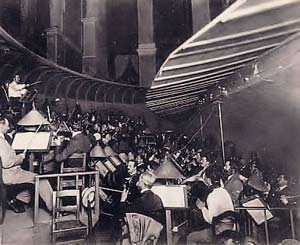
Wagner ordered a custom bass trumpet from famous instrument maker Johann Gottfried Moritz, and a horn in the key of C, with A and B♭ crooks supplied. Wagner had actually wanted to use one of the preexisting bass trumpets for the opening of Das Rheingold, but the part simply went too high.
Around the time that Moritz sent his bass trumpet to Wagner in Munich, Alexander started offering a similar alternative, only his looked and sounded more like a bigger version of the traditional trumpet (Moritz’s looked similar to the modern marching baritone). While opera houses of the mid to late 19th century used both the Moritz and Alexander models interchangeably, modern bass trumpets follow the Alexander tradition more closely than Moritz’s style.
Probably due to Wagner’s influence, composers like Stravinsky, Janacek, and Schoenberg began to write works with bass trumpet parts; other than Wagner’s Ring Cycle, the Rite of Spring by Stravinsky is the most well-known work to use the bass trumpet. Schoenberg’s Gurre-Lieder—one of his few tonal romantic works—may be the most challenging work in the orchestral bass trumpet repertoire.
Some tips for the lucky bass trumpet player in the Wagner: “It’s best to use a C bass trumpet for Wagner, as you play with trumpets more than the low brass,” said Bach-Conn-Selmer Trombone Artist Dr. David Begnoche. “The low brass use C, but fingerings are different, and intonation is always a challenge even on the best bass trumpet.”
Bass Trumpet and Its Use in Jazz
Cy Touff was a pioneer in bringing the bass trumpet to jazz music—up until that point, the role was filled primarily by valve trombone. Elliot Mason of Wynton Marsalis’ band at Lincoln Center is well known for his use of the bass trumpet, and Rashawn Ross has recorded with the bass trumpet as well. Ross is known for his studio work and his tenure with the Dave Matthews Band.
For a better idea of how the bass trumpet sounds in jazz, watch this video of Cy Touff in his Octet and Quintet CD.
Also, here is a video of Elliot Mason performing with Janek Gwizdala.
Different Styles of Bass Trumpets, and Where to Buy Them
Bass trumpets come in different forms, qualities, and valve orientations (some are piston and some are rotary). Here is a quick “buyer’s guide:”
- 3-Valve Piston horns are the most affordable option, and they are also the version you are most likely to see in jazz. They sometimes venture out of the jazz parameters, and you may see them quite often in non-professional settings. Bach, Conn, Kanstul, and Getzen all provide reasonably-priced offerings.
- Rotary Valve horns are usually German or Austrian and they are intended for more traditional forms of music (take a polka, for instance). Cerveny, Gopp, Schagerl, Dotzauer, Kuhnl & Hoyer, and Miraphone all offer rotary versions of the bass trumpet. These horns also have a wider bore and build, so the sound will be more mellow. They very well may be the closest relative of the horn Wagner ordered from Stölzel.
- Orchestral bass trumpets are offered by Alexander, Thein, Latzsch, Helmut, and Voigt. Meinl-Weston also builds horns in this category. They are keyed in C, and you will likely find a professional orchestral player using one of these during a performance of Rite of Spring or Wagner’s Ring Cycle. Thein manufacturers arguably the most accurate version of the bass trumpet.
You won’t find many people looking to purchase a bass trumpet, and you certainly won’t encounter a band director offering one to students at “choose your instrument” day. We live in a time where historically-informed performances matter, though—just ask your tuba player friends who have to record with a cimbasso! You probably can’t get past any of the aforementioned orchestral literature without being able to hold your own on the bass trumpet.
Trombone players in particular should put in some time familiarizing themselves with how to play the bass trumpet, since you never know when the conductor will pull out Strauss’s Macbeth. Furthermore, you may find that the unique sound of the bass trumpet enhances what you bring to the table as a gigging musician.
For your reference, here is a playlist of some orchestral bass trumpet playing— enjoy!

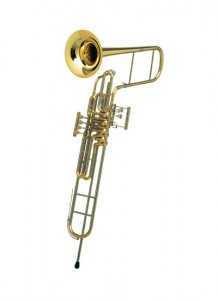
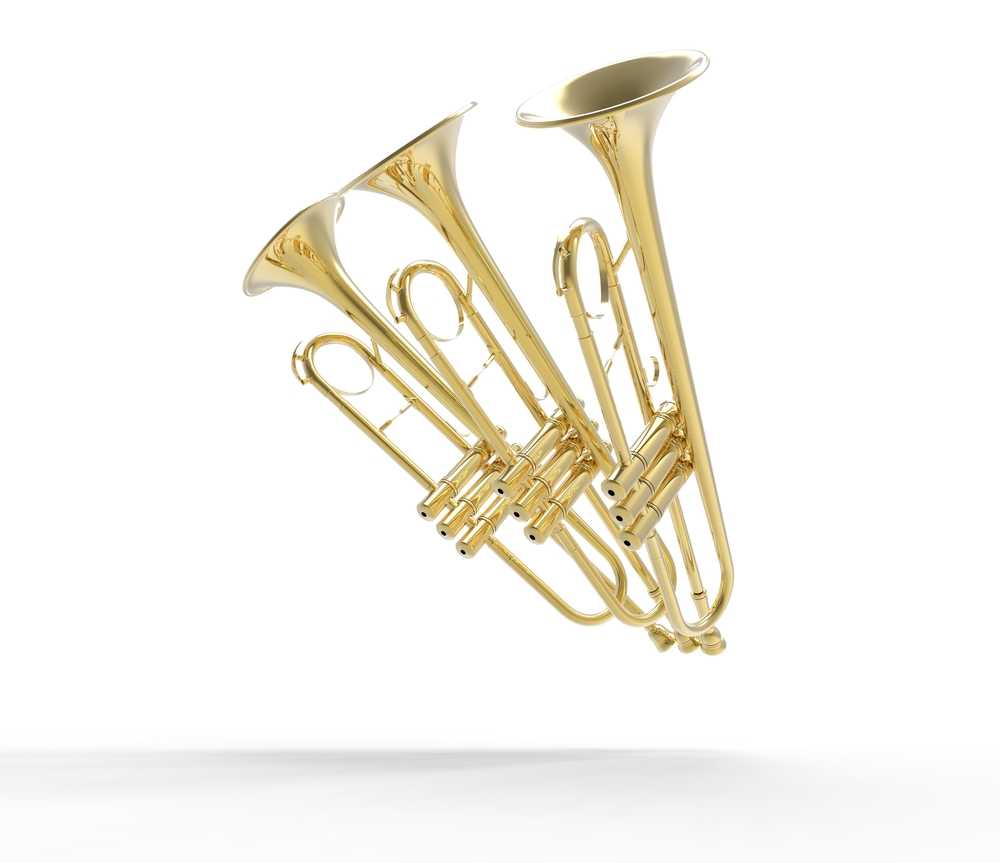
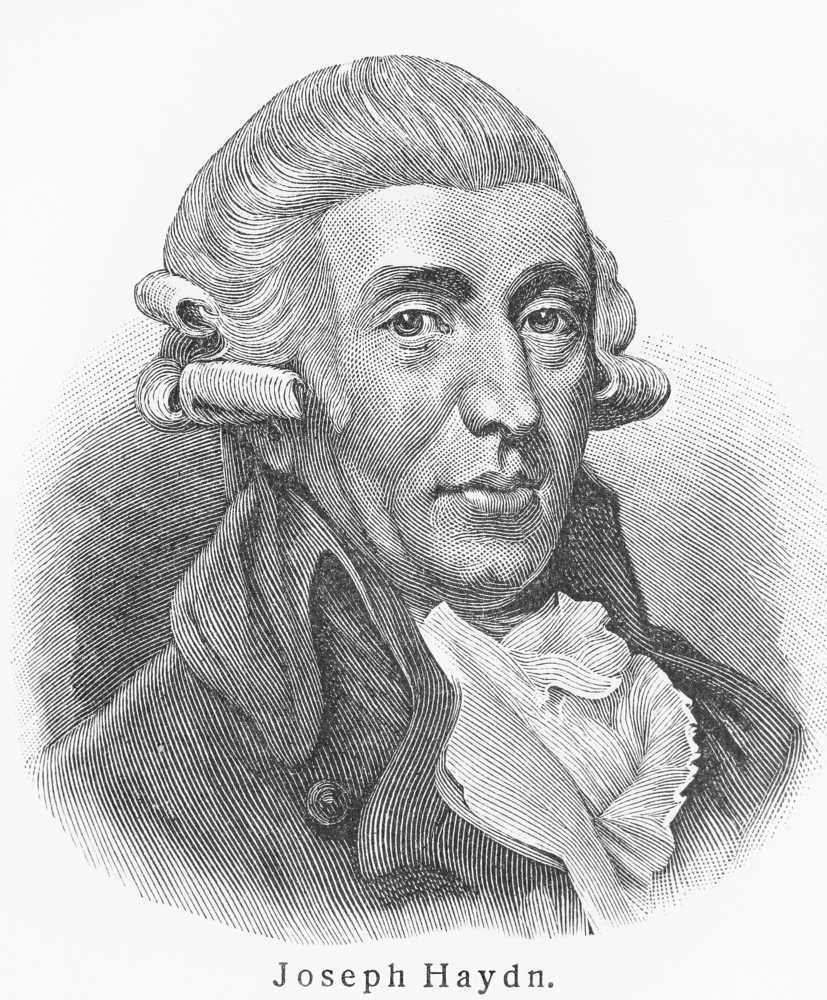


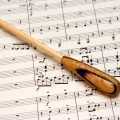
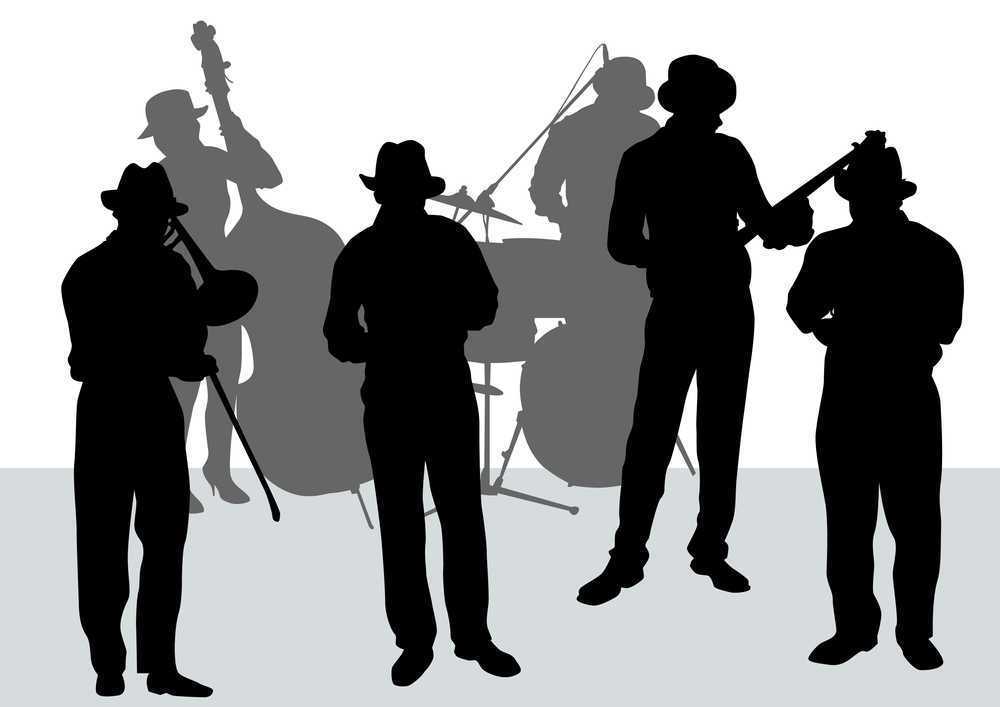
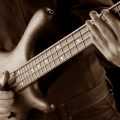
I have a Miraphone bass trumpet with 4 rotary valves. Where can I buy parts? I need the black stops that stop the valve positions, 2 on each valve. Thank you
Hi George,
We would recommend going to the Miraphone website and finding the closest dealer to your location and contacting them to see if they can help you locate the replacement parts. It is also possible that a large music instrument retailer such as Guitar Center or Musician’s Friend would be able to order the parts for you if they do not have them in stock. Good luck!